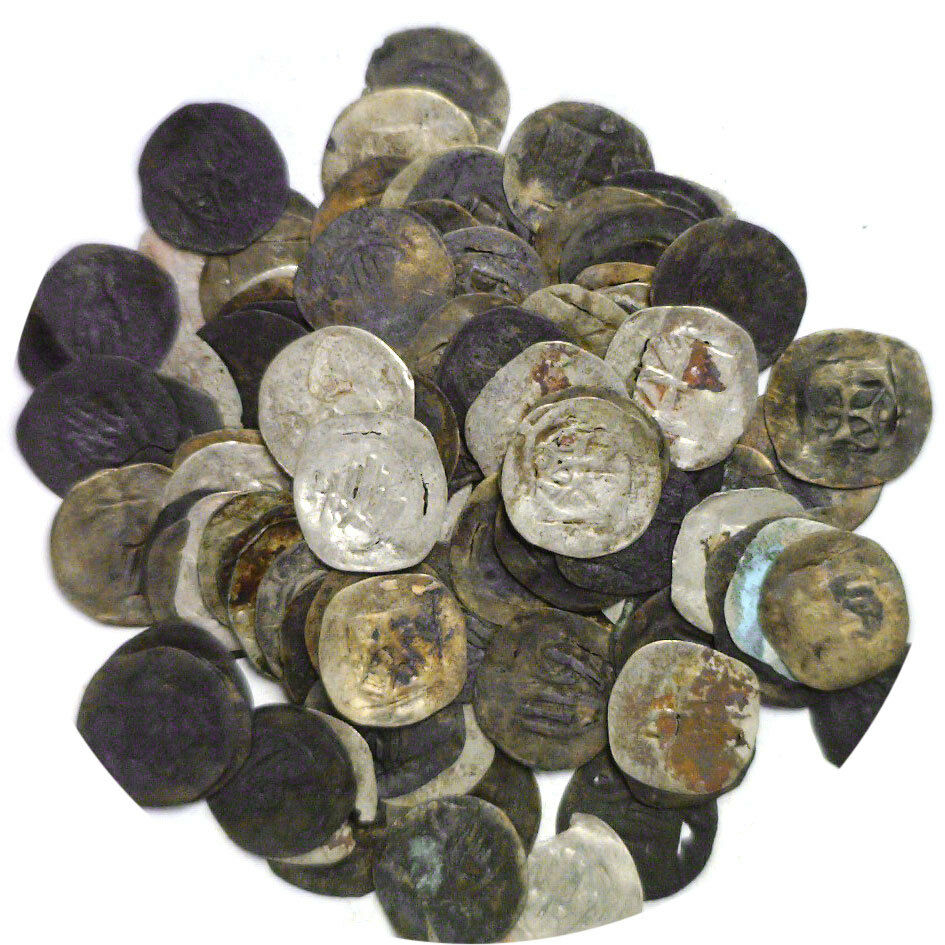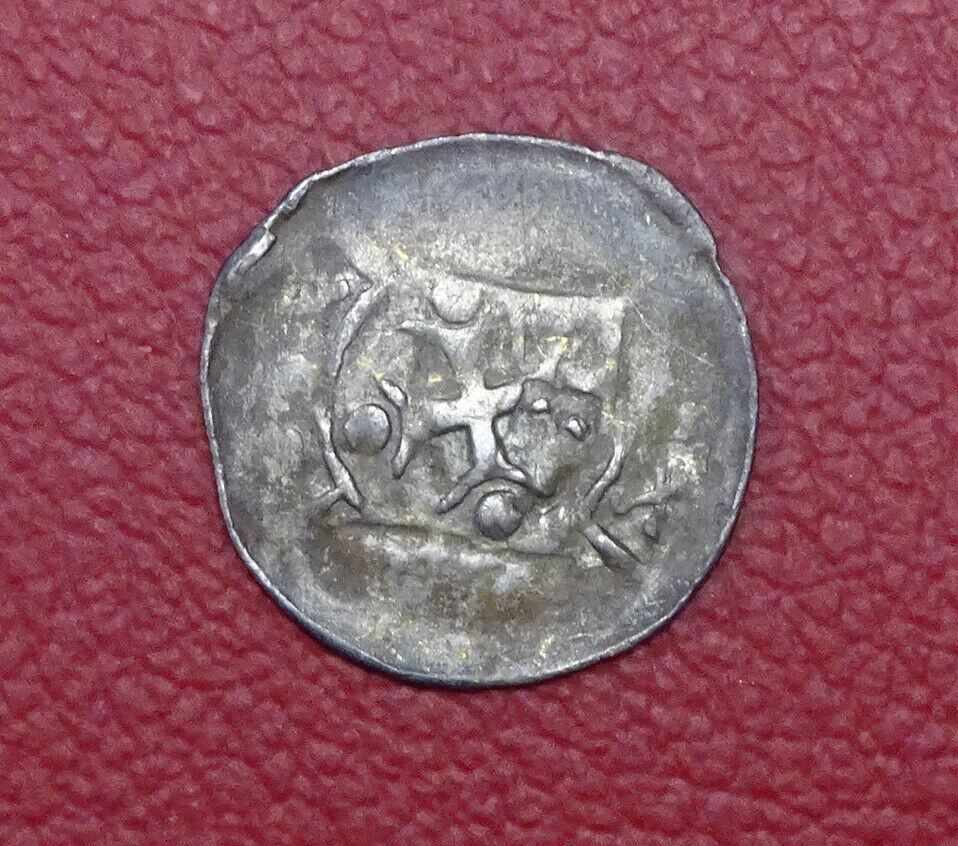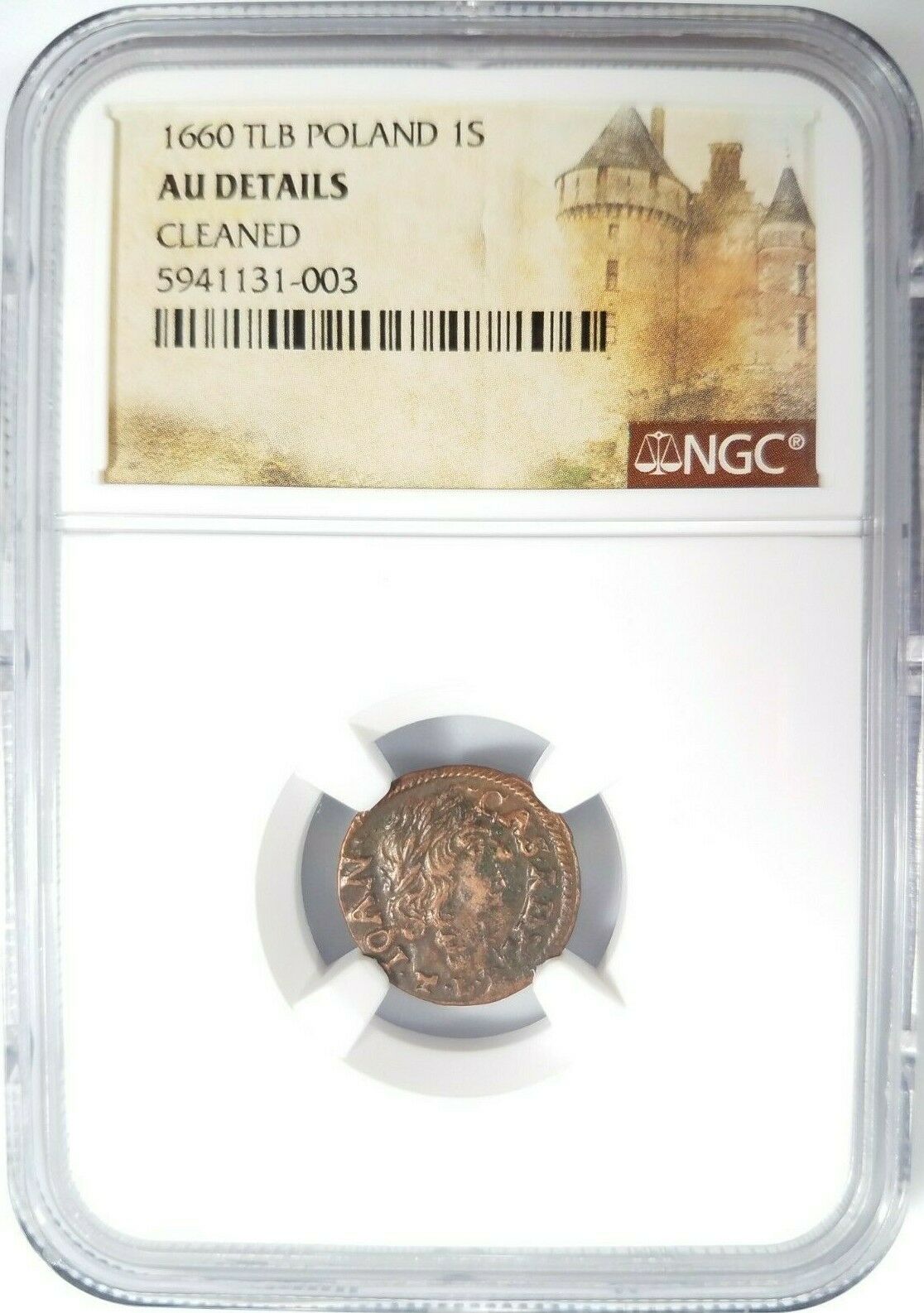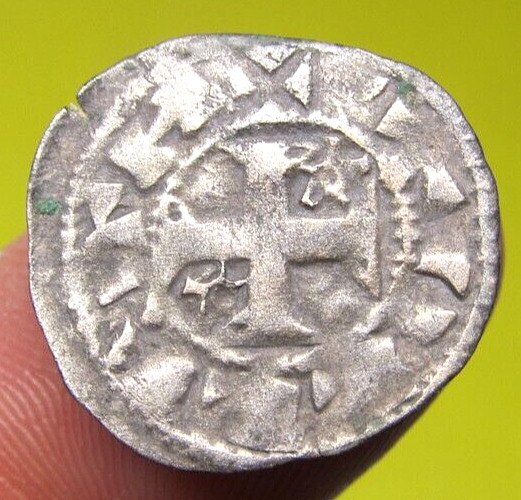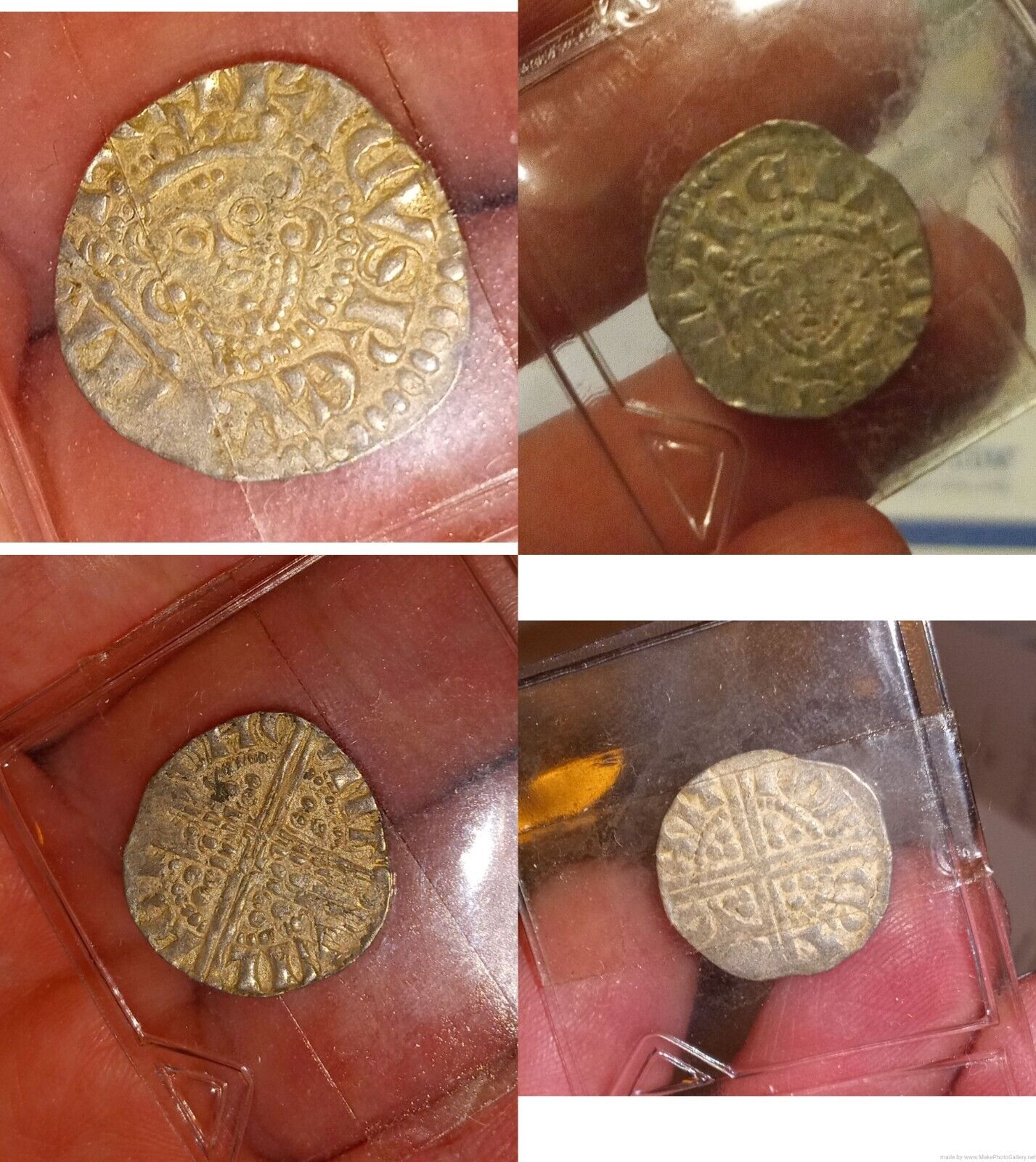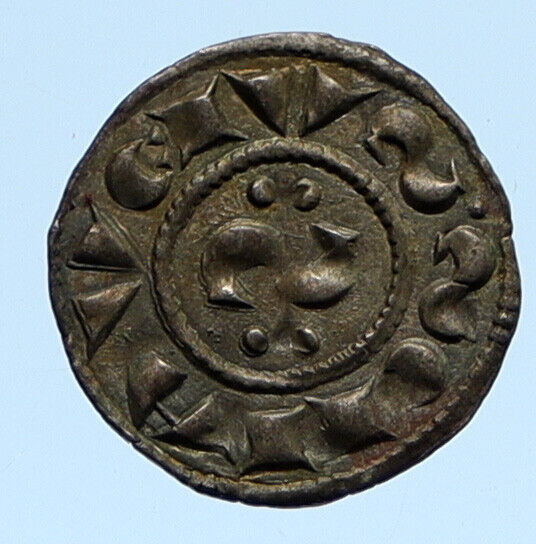-40%
Cilician Feudal Coin: Levon I (1199-1219)
$ 19.53
- Description
- Size Guide
Description
AE Tank, 6.27gr, 27mm. Obv: +LEVON KING OF THE ARMENIANS, central head with five points in the crown. Rev: +STRUCK IN THE CITY OF SIS, central patriarchal cross with two stars in field.
Mint is Sis
. Ner 301. The coin is not clipped, see the reverse. The obverse is stamped off center.
Levon's
reign was characterized by an unsuccessful effort to bridge the differences between the Armenian and Roman churches, a source of tension during the entire 300 year life of the kingdom. Levon was motivated by the fact he was essentially a vassal of Henry VI. Rapprochement was continually resisted by Armenian nationalists, who feared the Latinization of their church would lead to an erosion of cultural identity. Levon attached and besieged Christian Antioch as part of a conflict over succession in Antioch, with implications for succession in Cilicia. Levon wanted his young great-nephew to succeed to control of Antioch, uniting these two lands, but the Templars and a non-Armenian line resisted. Both sides made use of Islamic forces as allies against each other. He also was in conflict with his Islamic neighbors and suffered a major defeat at their hands. His family life was also wanting. He imprisoned his first wife who was accused of adultery and then married Sybilla of Lusignan.
Boase
(22) says of his reign; "He had some real claim to the epithet 'the Great' which his subjects accorded him. Some unity and peace had been secured, and some control exercised over his unruly baronage. The use of western titles, baron, constable, chancellor, seneschal, bailiff and so forth corresponded to a new feudal relationship with the Crown.". The Genoese and Venetian treaties brought not only transit trade but new outlets for local produce from the fertile coastal plain.
Levon
died without a male heir and was succeeded by his three year old daughter, Zabel, child of his second marriage.
With
such a young heiress, there was, not surprisingly, a sustained struggle over the succession. This resulted in two marriages, successively, not consecutively. The first lasted only three year. Philip, her first husband, was inadequately sensitive to Armenian culture and sought to Latinize his rule. In his third year was marriage, he was imprisoned and died of poisoning. The second marriage was to Hetoum, son of the powerful head of the house of Lampron. Zabel reigned 1219 - 52, while her husband Hetoum I co-ruled from 1226 and then singularly ruled until 1270. This marriage united two of the strongest houses in Cilicia.
Free shipping in the US

